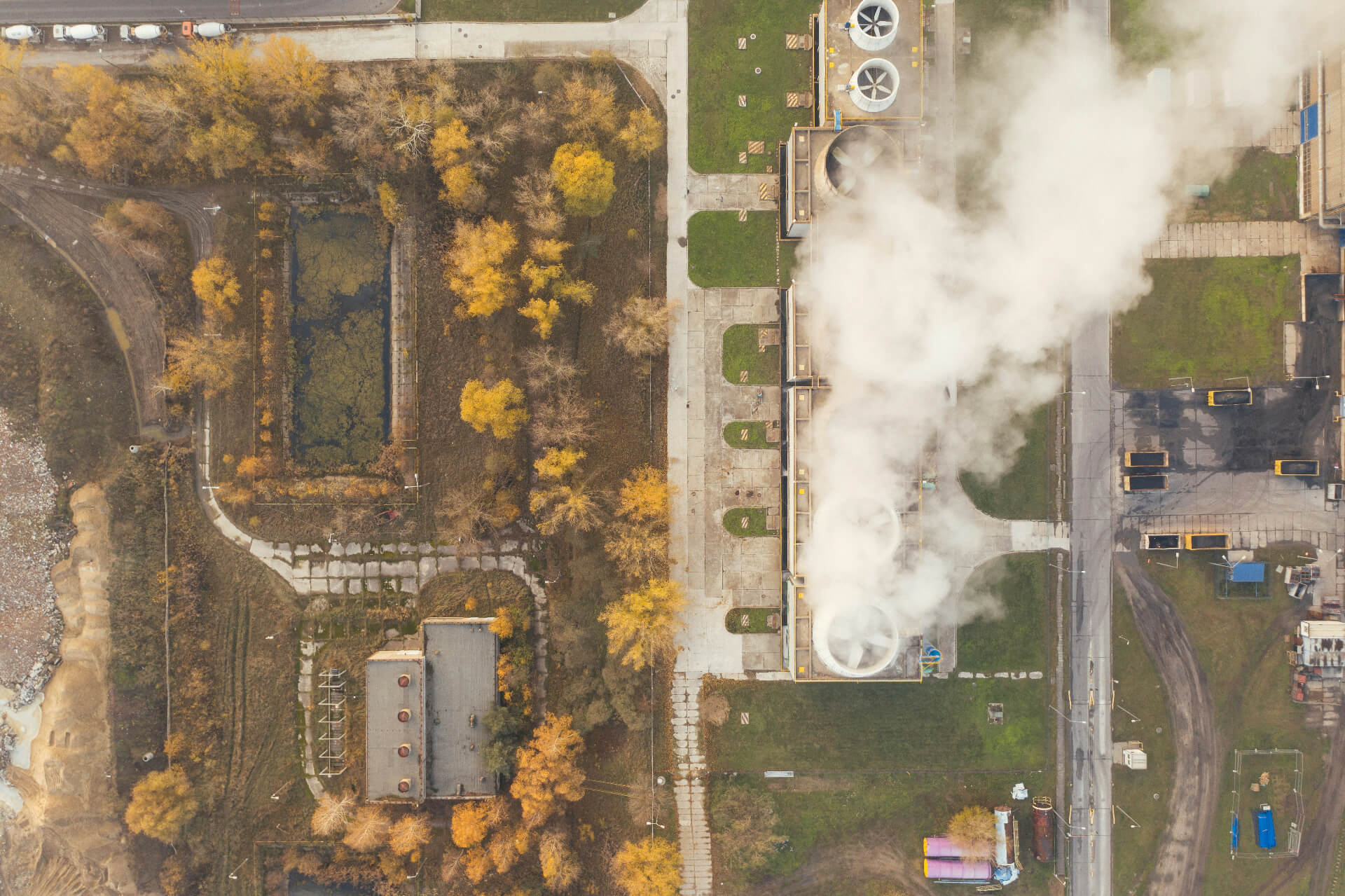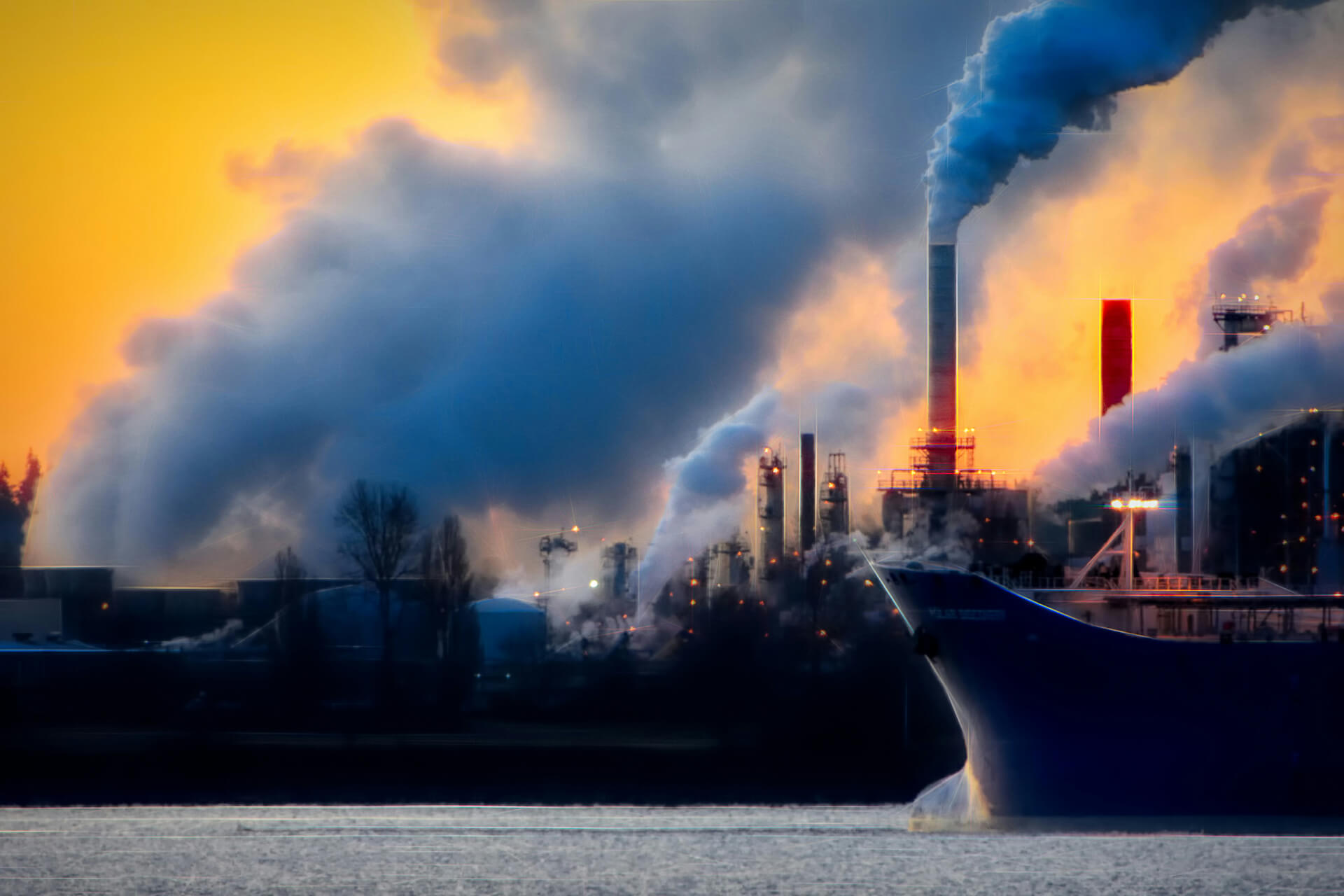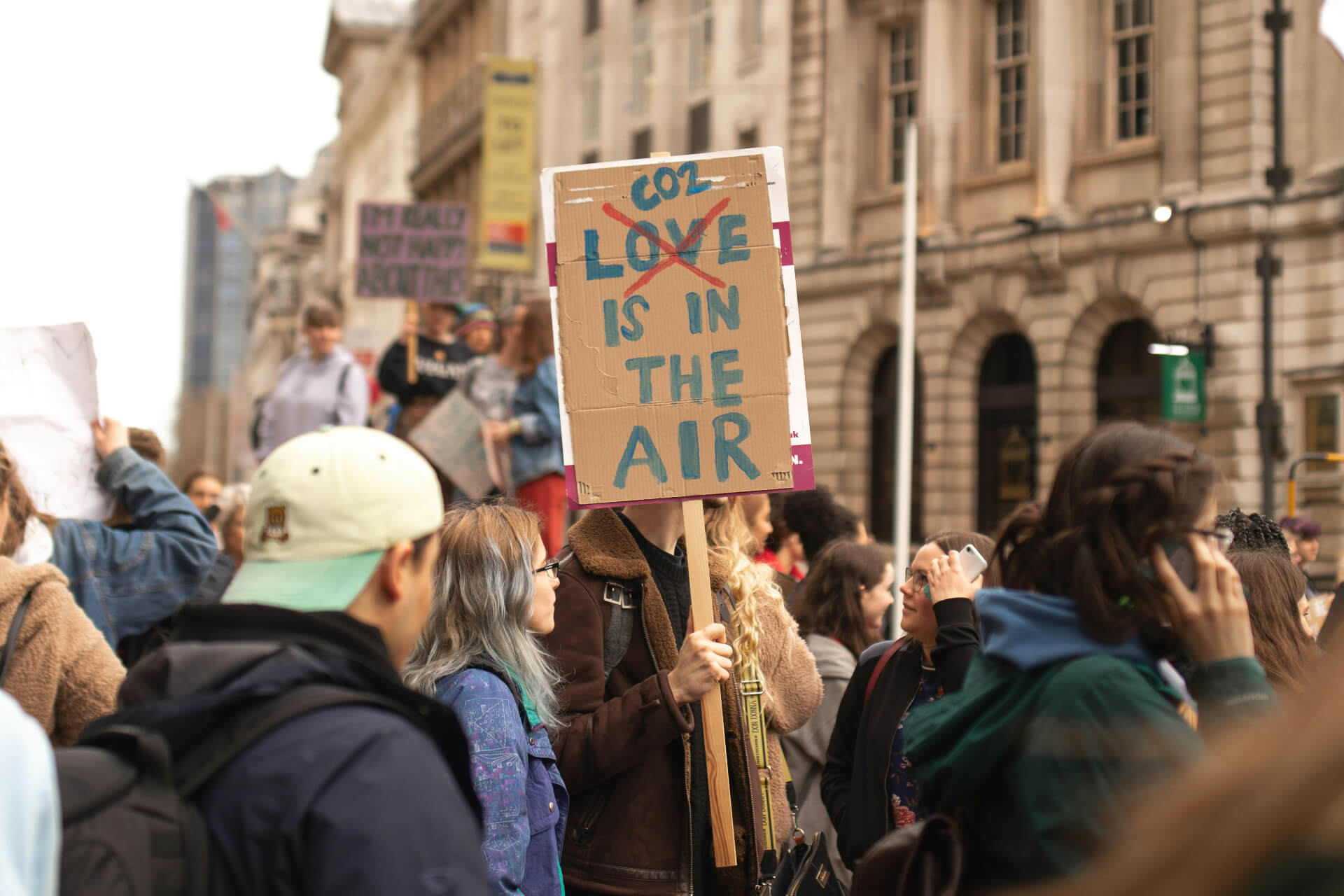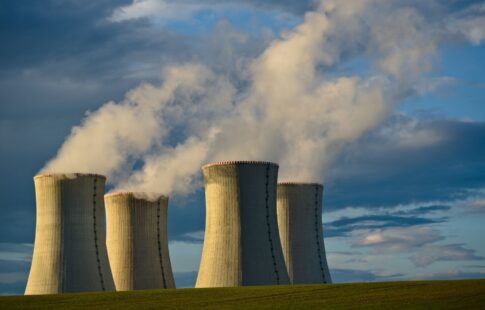
The Top Categories of CO₂ Pollution and Total Greenhouse Gas Emissions (2024)
We are reader-supported. When you buy through links on our site, we may earn affiliate commission.
Methane, nitrous oxide, and CO₂ pollution are the greenhouse gases that are getting out of hand — many activists would say it’s been too much for too long with minimal action. Numerous agencies worldwide have developed reports on the most polluting industries — the sectors with the worst impact on the atmosphere and global warming. What are the worst offenders, their contributions, and ways to bring those numbers down to zero?
For consistency, these numbers are sourced from Our World in Data and reference the amount of greenhouse gas emissions from each sector worldwide. Carbon and methane emissions are noted separately for which carries the majority in that specific industry.

Electricity and Heat — 15.18 billion tons
CO₂ Emissions: 15.11 billion tons
Utility companies worldwide are defaulting to renewable energy to remove CO₂ pollution from electricity and heating. This is the obvious solution, but is it enough? Here are a few other small and larger ways households and corporations could amplify decarbonization efforts:
- Gathering data from smart technologies to reduce consumption
- Request building audits
- Engage with responsible carbon offsetting and credits
- Impact invest in green energy and heating startups and technologies
- Advocating for green power expansion and legislation
Transportation — 7.29 billion tons
CO₂ Emissions: 7.1 billion tons
Tailpipe emissions from internal combustion engines have left a permanent mark on the planet. Cities sprawl, making walking and biking impractical and nearly impossible. Even public transit is unavailable in most regions, especially in rural areas.
CO₂ pollution leaves transportation when the world transitions to electric vehicles (EVs) and a modern grid. Both of these must happen simultaneously to be effective. Additionally, EV manufacturing must eliminate polluting practices from its supply chain, such as destructive and invasive mining.
Manufacturing and Construction — 6.22 billion tons
CO₂ Emissions: 6.18 billion tons
Pollutants from these sectors are rising as urbanization places unreal demands on the world’s natural resources and ecosystems. Every sector — from health care to e-commerce — relies on a manufacturing and construction chain of some persuasion to stay afloat. Typically, these manifest as Scope 3 carbon emissions. Many corporations focus on Scopes 1 and 2, leaving 3 completely ignored, and this is where supply chains and manufacturing exist.
These industries must collaborate with their clients to obtain comprehensive decarbonization plans to minimize pollutants.

Agriculture — 5.87 billion tons
Methane Emissions: 3.54 billion tons
The presence of CO₂ pollution in agriculture is less notable than methane, due to livestock. Recent awareness about toxic monoculture and ranching practices has forced some companies to revise their farming techniques to lower their impact. Switching to regenerative, organic, or even hydroponic practices helps use fewer resources and promote circularity.
More research is necessary to discover ways to control methane emissions — other than decreasing the amount of livestock production altogether. However, streamlining manure and waste management on farms will slash numbers a good bit. Other efforts include more productive ways to grow feed for livestock, such as corn and soy. Compromising climate health and land use to feed animals meant for slaughter is not the most productive utilization of agricultural assets.
Fugitive Emissions — 3.22 billion tons
Methane Emissions: 2.95 billion tons
Fugitive emissions are stealthy because they come from defective equipment and leaks. Consider how pipelines and other pressurized containers seep gases into the atmosphere, and they are invisible to the naked eye. Other influences, like volatile organic compounds, coal unloading and open-air livestock feeding also make up this number, showing the diversity of fugitive emissions. How can climate activists get a grip on something so pervasive?
- Replace aging infrastructure, like valves
- Execute more preventive maintenance on industrial structures
- Use the Internet of Things (IoT) to monitor devices in real time
Industry — 3.13 billion tons
CO₂ Emissions: 1.63 billion tons
Industry shares a similar story to manufacturing and construction. There are infinite products cycling through production lines, begging for a more climate-aware process. Evaluating recyclability, water consumption, energy efficiency, and transportation routes are only several ways to get CO₂ pollution out.
Buildings — 2.98 billion tons
CO₂ Emissions: 2.71 billion tons
Construction is damaging enough, yet buildings continue producing significant CO₂ pollution throughout their lives. This comes down to eco-friendly material incorporation, long-term care, and the habits of residents. Decarbonizing buildings requires spreading awareness on eco-conscious building-use habits and energy efficiency, while urging more proactive measures to prevent demolition and invasive renovations to extend their life cycles.

Waste — 1.65 billion tons
Methane Emissions: 1.51 billion tons
Landfills get taller and taller every year with no apparent end in sight. Hyperconsumerism is not helping on an individual level, but cutting back on hobby spending will not eliminate the pollutants coming from existing waste. Citizens and companies must engage with waste-reduction strategies in their lives and businesses.
Waste site managers have other options. Methane abatement involves a multipronged approaching, including:
- Food waste prevention
- Organic waste separation from landfills for recovery and processing for products like biomass energy
- Site rehabilitation
- Capture technology to repurpose for heating or vehicle fuel
Land-Use Change and Forestry — 1.39 billion tons
CO₂ Emissions: 1.17 billion tons
Initiatives like the Forest Stewardship Council exist because of unethical clear-cutting and deforestation practices. This industry is stripping the planet of one of the most essential carbon sinks Earth has and not replacing it with restorative, native flora. World-renowned ecologist, Suzanne Simard, urges an overhaul to the sector. Trees, in a way, talk to one another, and 40% of their carbon travels through their root networks. Without these resources, greenhouse gases will be harder to regulate.
CO₂ Pollution and its Solutions
Carbon dioxide and its greenhouse gas compatriots run amok in specific industries more than others. Tackling the most guilty categories may seem like the best course of action for decarbonization and reversing climate change. However, a constant battle against all industries with high concentrations of CO₂ pollution is necessary for progress.
Simultaneously, humanity must keep its eyes open to advancing and shifting industries, like AI technologies, data centers, e-commerce, and fintech — to name a few. Previously nonexistent enterprises or ones adopting digital transformation may come out of the woodwork as some of the biggest novel polluters. Raising awareness on a multipronged approach to widdling down these percentages must motivate every industry to become greener.
Share on
Like what you read? Join other Environment.co readers!
Get the latest updates on our planet by subscribing to the Environment.co newsletter!
About the author
Grace Waters
Always inspired by the natural world around her, Grace grew up exploring tide pools and hiking mountain trails, developing a deep appreciation for biodiversity and conservation. Now, Grace works as the Senior Editor of Environment.co where she covers topics related to emerging clean technologies, zero-waste initiatives, and the intersection of environmental policy and everyday living.





